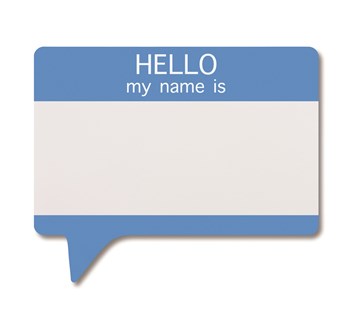
Just about anyone who lived in or visited New York City in the 1980s or early ‘90s probably has vivid recollections of how the city looked back then. The streets were dirty, whole neighborhoods were “off-limits” to anybody who wasn’t looking to get mugged—and the buildings, billboards, and subway system were covered in a thick, ever-changing layer of graffiti.
While some of this unauthorized urban decoration showed remarkable skill and could easily be filed under “art”—even if it was technically vandalism—most of the graffiti covering the city consisted of hastily-scrawled “tags” thrown up to demarcate gang territory, or to fortify the reputation of the individual tagger. Most taggers used the classic Krylon spray paint, while the less skilled armed themselves with jumbo-sized felt-tip markers. The real bottom-feeders simply scratched their tags into subway car windows, plexiglass phone booth panels, and any painted surface with keys, razors, or other edged objects. Taken together, the sprayed, inked, and scratched calling cards became synonymous with urban blight and lawlessness—and the city fathers decided to take action.
The Broken Window Theory
One of the catchphrases that characterized former Mayor Rudy Giuliani’s administration was his “broken window” theory of government. The “broken window” theory held that an unfixed broken window in a building gives a city block the appearance of decay and disrepair, and thus encourages the congregation of lawless individuals, who see the physical deterioration as a sign that their shady activities will go unnoticed. Once the criminal element is established on a block or in a neighborhood, law-abiding citizens start avoiding the area, leaving it to the miscreants and loiterers, and eventually the pestilence spreads outward into otherwise “healthy” blocks.
Giuliani saw graffiti as a symptom of this kind of urban decay, and set about eradicating it—especially in the subway system, where for years commuters had been harassed and victimized by gangs of troublemakers and criminals, and intimidated and demoralized by the proliferation of graffiti vandalism. To combat that proliferation, Giuliani formed the Mayor’s Anti-Graffiti Task Force in 1995.
The Frontlines
Mayor Michael R. Bloomberg has taken up where Giuliani left off, throwing his office’s weight behind a renewed effort to eradicate graffiti vandalism in the city. The Anti-Graffiti Task Force under Mayor Bloomberg includes the efforts and participation of city departments like Sanitation, Consumer Affairs, Police, Fire, Transportation, Cultural Affairs, Environmental Protection, Parks and Recreation, Housing Preservation, the Human Resource Administration, Housing Authority, Landmarks Commission, and Transit Authority, as well as ordinary citizens and neighborhood groups. According to the task force’s website, the group’s mission “combines prevention and education, enforcement, removal, surveying, technical solutions, and community outreach.”
Just as multiple organizations pool their efforts to support the Anti-Graffiti Task Force, the task force itself is part of the city’s larger Citywide Vandals Task Force, a group that handles everything from spray-painted shop grates to vandalized bus-stop kiosks.
This vandal squad is composed of almost 70 police officers and administrative personnel based in Brooklyn. They speak to school kids by day and go undercover at night to catch the vandals in the act. Through their work they have been able to develop a computer database that shows a vandal’s tag, along with other personal identifying information that is now included on their arrest record. Since the mid-1990s, the Anti-Graffiti Task Force arm of the Vandals Task Force has made 2,800 arrests, and dramatically decreased the amount and scope of illegal graffiti in all five boroughs.
Community outreach is another means by which the task force gets its message to the citizenry. Both the Transit Authority Police and the NYPD’s Community Assistance Unit (CAU) work with schools and various neighborhood groups and city agencies to spread awareness of the task force’s activities and mandates, and through joint effort, coordinate the task force itself.
As the CAU’s First Deputy Commissioner, Thomas Curitore explains, “Our main function is we get the people to clean the graffiti; we do clean-up events, and we also run the Mayor’s Paint Program, which gives free paint out to community groups that want to volunteer [to eradicate graffiti.]”
Police have advanced tools at their disposal to corral the wrongdoers. A small handful of officers are assigned to the GHOST unit, the (Graffiti Habitual Offender Suppression Team), and these ghost cops live up to their name by tracking and nabbing the city’s most industrious offenders. Using conventional investigative skills, as well as a newly created graffiti offender databank, these officers gather ample information to make an arrest.
“A “tag” is like a signature,” Lt. Steve Mona, commander of the special unit, explains. “The vandal does it the same way every time. So, working closely with the district attorney, we can use that to enhance cases. We can’t do it all the time, but it is one of the tools we have at our disposal.”
The Weapons
The weapons in the war against graffiti and other forms of vandalism are relatively simple. In addition to the vigilance of residents and the 311 government information line that can be used to report defaced property, the city uses high-pressure cleaning and painting trucks, paint rollers, and—as one would imagine—lots of paint.
The tools and the talent have proven a potent antidote to the problem of graffiti. Since the task force was founded, over 16 million square feet of graffiti has been removed from over 6,000 sites throughout the city. The original funding for the Mayor’s Paint Program supplies ran out several years ago, but private corporations like Home Depot have donated additional supplies to continue the program, and now New Yorkers can donate via the Mayor’s Fund to Advance New York. Since 1997 The Mayor’s Paint Program has distributed 16,703 gallons of paint, 15,699 paint rollers, 9,672 brushes, and countless drop cloths and paint trays to church, neighborhood, youth, and business groups wanting to clean up their blocks.
More Allies
‘Graffiti Free New York’ is a program handled through the not-for-profit Economic Development Corporation (EDC) in cooperation with the task force. The EDC is privately funded and encourages investment in the city. Its program allows companies and citizens to donate paint or money, which goes for the purchase of supplies and equipment. Right now, the program in conjunction with the Anti-Graffiti Task Force has a dozen power-washer trucks patrolling the city and removing unsightly vandalism. These vehicles can remove up to 20,000 square feet of graffiti per day. To put that into perspective, traditional methods—meaning old-fashioned elbow grease—can only handle about 2,000 square feet a day.
The Man in Charge
The Cooperator recently asked the CAU’s Tom Curitore to talk about the Anti-Graffiti Task Force and discuss its short-term and long-term goals for reducing graffiti in New York City.
What has made the Mayor’s Anti-Graffiti Task Force so successful?
“We have a proactive approach. In addition to following up on 311 calls when get we complaints about graffiti, we actually send people out into the neighborhoods where the call originated. We have a liaison unit that goes to the property owner and gets permission from that property owner, tenant or occupant to clean the building.
“Then we also do and coordinate what we call a ‘blitz.’ We go to certain areas with our trucks and knock on doors. Where we find graffiti, we just clean up—we’ll do a whole block or a community board in one day. It makes it more proactive; instead of waiting for people to call us, we actually go out and clean up where it’s needed.”
What are the Anti-Graffiti Task goals for the next several years?
“We will continue to be proactive. We’re actually working more with community groups to get them out there helping with the effort in their own neighborhoods. We often find that if a merchant has a store with a lot of graffiti on the [exterior or security grate] they go home at five o’clock, and the people who live in the neighborhood have to look at that [graffiti]. So we’re getting a lot of help from community groups. We give them the free paint, and they go out and clean it up.
“We also get a lot of reports and tips about graffiti through the 311 phone line. A lot of community service workers are doing graffiti cleanup now; we work with the Department of Probation’s community service program, we work with the Housing Authority Wildcat Program—it’s an organization that helps the chronically unemployed—to help us remove graffiti. It gives us more resources than we have had, and enables us to be more than just one or two trucks patrolling the whole city.”
What are the benefits to the Task Force’s multi-departmental structure?
“We try to take a multi-faceted approach to whole areas—in other words, if we see graffiti, we might also see weeds or garbage—so we get all the relevant city agencies involved. If there’s an ongoing graffiti or vandalism problem in a dimly lit area, what we’ll do is get someone to check on the lighting. If a fence is broken and people are getting in through the break to do graffiti, we’ll have the fence repaired.
“That’s the benefit of a multi-faceted approach. We don’t just clean up graffiti and leave. We did a location in Queens in July and we needed bucket trucks because the vandalized area was high up on an overpass, so another agency loaned us a bucket truck. We brought the truck there, we put the guys in the bucket, and they went up and cleaned off the graffiti. Plus, the Department of Probation also went in there at the same time with their people and took care of all the weeds and trash. We’re trying to be more active in that way.”
What additional problems have cropped up since the Task Force was organized?
“Really it’s the same thing. We’re trying to enlist the help of community groups and volunteer organizations to assist us with ridding the neighborhoods of graffiti, plus we’re using community service personnel also. We dealt with 6,000 locations last year, but that’s nothing when you think of it—this a big city.”
For more information on the Anti-Graffiti Task Force go to their website at http://www.nyc.gov/html/nograffiti. To report graffiti, dial the city’s Citizen Service Center information hotline, 311.
Annette Hall is a freelance writer living in Framingham, Massachusetts.



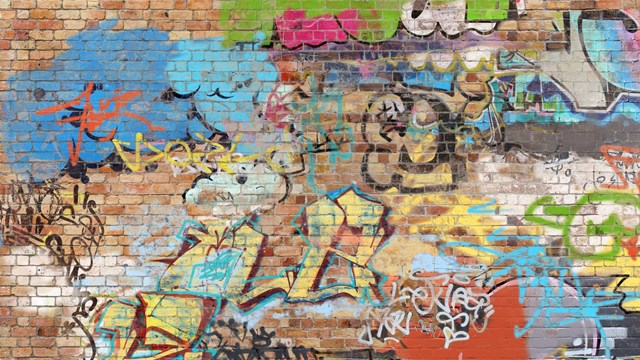
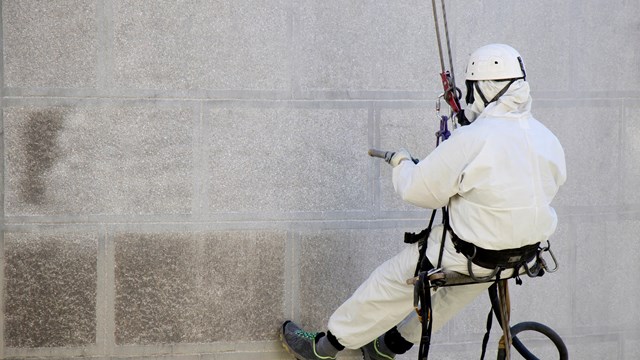
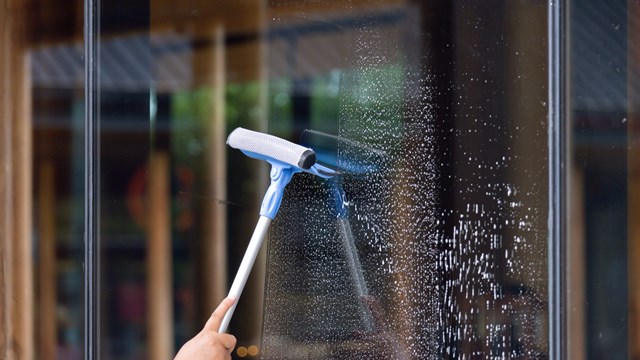
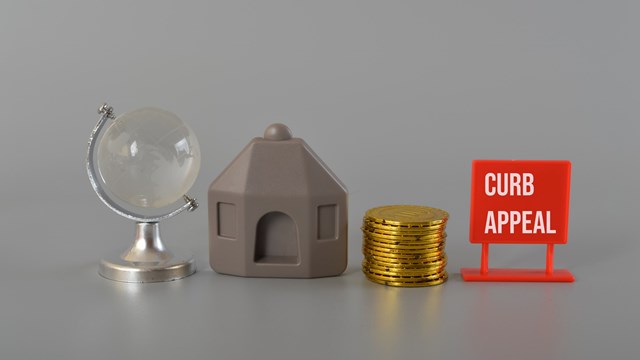

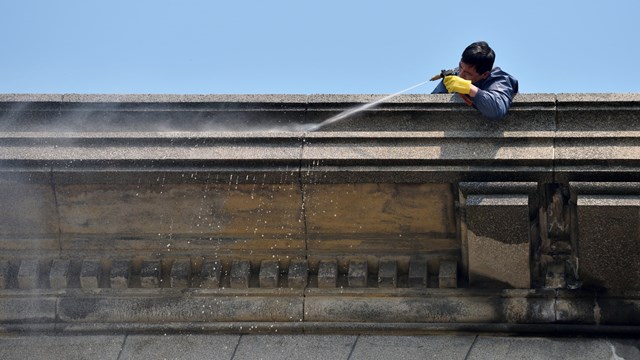
22 Comments
Leave a Comment